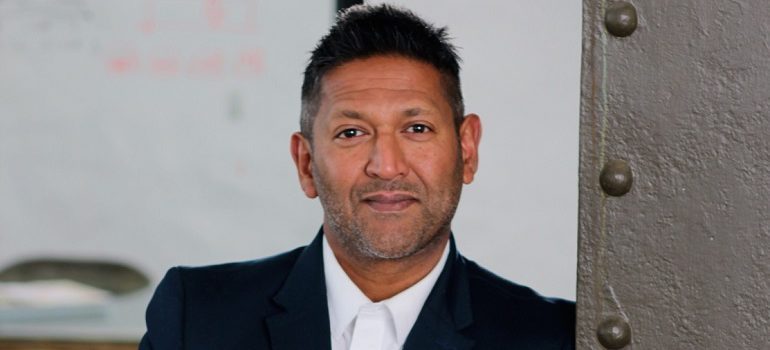
Big Q CMOs: The CMO’s role in today’s technically advanced world
Big Q CMOs: The CMO’s role in today’s technically advanced world https://csuiteold.c-suitenetwork.com/wp-content/uploads/2017/08/big-q-cmos-the-cmos-role-in-todays-technically-advanced-world.jpg 770 350 C-Suite Network https://csuiteold.c-suitenetwork.com/wp-content/uploads/2017/08/big-q-cmos-the-cmos-role-in-todays-technically-advanced-world.jpg
by MarkLives (@marklives) Is there a new C-suite executive on the horizon? Is it time to redefine the role of the CMO, possibly by agreeing that the roles of CMO and CTO are aligning and need some level of collaboration? And can this result in more-effective growth strategies for organisations? We asked a panel of key industry executives for their take. First up is up is Prakash Patel of Fogg.
Once tasked with managing communications and brand, the modern CMO’s role has been expanding to include technology, data and impact (ie sales and the bottom line). Where this is not the case, anecdotal evidence suggests shorter tenures, and a loss of prominence and clout at board level.
Prakash Patel

(@PrakashPatel_1), a seasoned strategist and data-driven digital marketer, is managing director of Fogg Cape Town. Previously, he was CEO of Prezence and chief digital officer of FCB/Mesh. Prior to moving to SA, Prakash spent over 18 years at some of the world’s largest and independent data and digital agencies in the UK. Now he is trying to keep up with tomorrow today and helping brands add value in the #TraDigital era.
Is it a perfect marriage or a marriage of convenience? Either way, a marriage is in the horizon.
Today’s digitally savvy customers are far more-sophisticated, -demanding, -hyper-connected, anywhere and everywhere with their experiences underpinned by technology. This has changed their relationship with brands, where they are now in charge, and we, as marketers and brands, need to be and play where they are — regardless of what technology, platform or device they are using. This huge responsibility has most fallen mostly under the remit of both the CMO and CIO in today’s age of the customer.
Age of the customer
So, it’s with no surprise that the results in a survey conducted by Forrester quoted “what’s increasingly apparent is that to succeed in the age of the customer, CEOs depend upon their CMO and CIO to connect customer insights to business outcomes through business technology — the technology, systems, and processes to win, serve, and retain customers.”
But I believe that the question is not only about how organisations and C-suite executives need to re-evaluate their roles but, more importantly, how they need to collaborate like never before to ride the waves of uncertainty for times of possibilities in aligning their goals using integrated technology, ICT, digital and data.
The Forrester report also looked at the partnerships and relationship between CIOs and CMO.
“Empowered customers have an unprecedented ability to make rapid decisions, weigh and review products with peers, and provide feedback in social channels anywhere in the world. Brand value is now tied to product experiences and the outcomes they deliver.”
In response to the survey, it’s not all gloom and doom, as technology harnesses the power of change and is the opportunity for marketers to rethink their internal business strategies from the top down. Like it or not, CMOs and marketing have found themselves in a unique position, in that technology and digital have become a prerequisite of marketing, whether it’s through websites, mobisites, apps, social media, emarketing, hardware, data, insights, databases or customer platforms — technology underpins and drives it all. Through this, the CIO and CMO’s strategic partnership is becoming…






